Growth of Online Grocery Shopping
The rise of online grocery shopping in Italy is transforming the cold storage market. As more consumers opt for home delivery services, retailers are compelled to enhance their cold chain logistics to meet customer expectations. In 2025, online grocery sales are projected to reach €10 billion, necessitating an expansion of cold storage facilities to accommodate increased inventory levels. This shift not only drives demand for cold storage solutions but also encourages retailers to invest in advanced logistics technologies. The cold storage market is thus likely to expand as businesses adapt to the evolving landscape of consumer purchasing behavior.
Rising Demand for Perishable Goods
The increasing consumption of perishable goods in Italy is a primary driver for the cold storage market. As consumers become more health-conscious, the demand for fresh fruits, vegetables, dairy products, and meat has surged. In 2025, the Italian food sector is projected to grow by approximately 4.5%, leading to a heightened need for efficient cold storage solutions. This growth is further supported by the expansion of the food processing industry, which relies heavily on cold storage facilities to maintain product quality and safety. The cold storage market is thus positioned to benefit from this trend, as businesses seek to enhance their supply chain efficiency and reduce spoilage rates.
Increased Focus on Food Safety Standards
The emphasis on food safety and quality assurance is a significant driver for the cold storage market in Italy. Stringent regulations imposed by the European Union regarding food safety are compelling businesses to invest in compliant cold storage solutions. In 2025, it is anticipated that compliance costs could account for up to 15% of operational expenses for food distributors. This regulatory landscape necessitates the use of advanced cold storage technologies to ensure that products are stored at the correct temperatures, thereby minimizing the risk of contamination. Consequently, the cold storage market is expected to grow as companies prioritize compliance and consumer safety.
Expansion of the Food and Beverage Sector
The food and beverage sector in Italy is experiencing robust growth, which significantly impacts the cold storage market. With an estimated market value of €200 billion in 2025, this sector is increasingly reliant on cold storage facilities to ensure the safe transportation and storage of products. The rise of artisanal and gourmet food products has also contributed to this demand, as these items often require specialized storage conditions. Consequently, the cold storage market is likely to see increased investments in infrastructure and technology to accommodate the evolving needs of food producers and distributors.
Technological Innovations in Cold Storage
Technological advancements are reshaping the cold storage market in Italy. Innovations such as IoT-enabled temperature monitoring systems and automated storage solutions are enhancing operational efficiency and reducing energy consumption. In 2025, it is estimated that the adoption of smart cold storage technologies could lead to a 20% reduction in operational costs for businesses. These technologies not only improve the reliability of temperature control but also provide real-time data analytics, allowing companies to optimize their inventory management. As a result, the cold storage market is likely to witness a surge in demand for technologically advanced facilities.


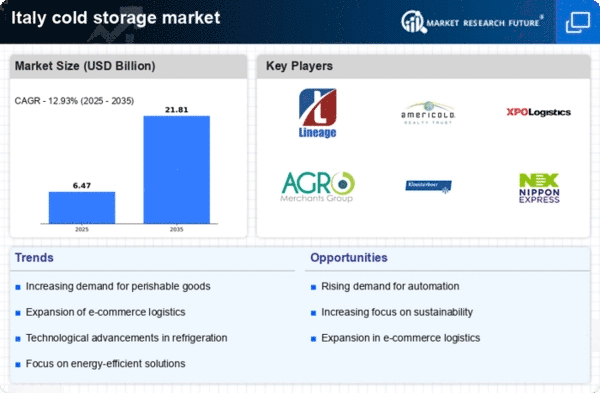


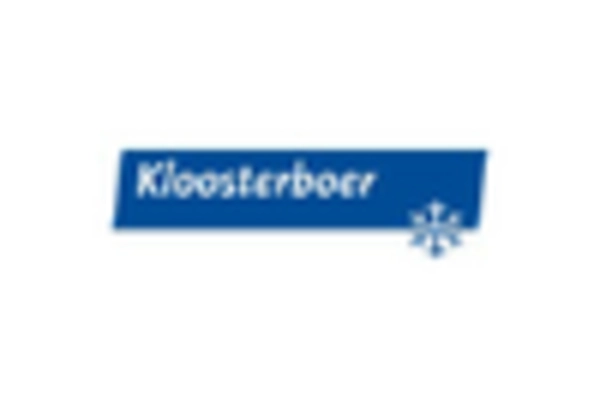
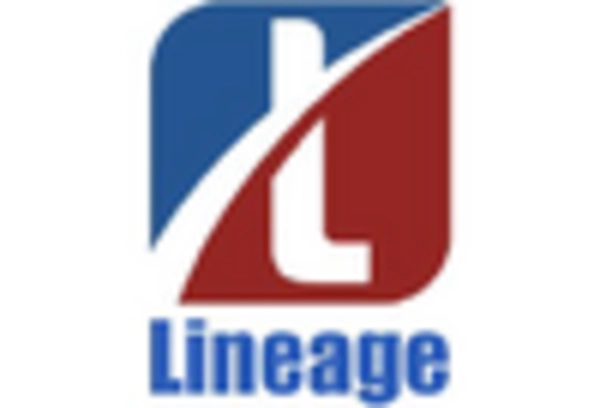
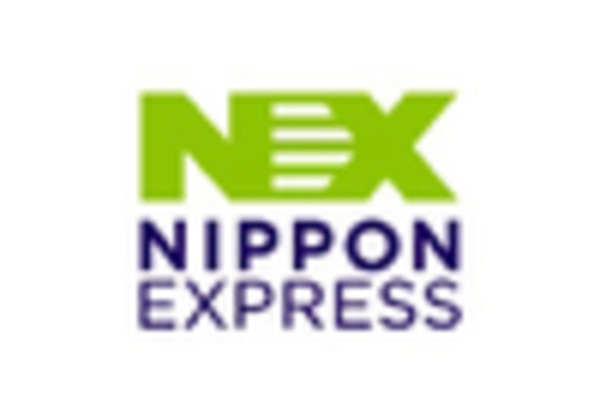
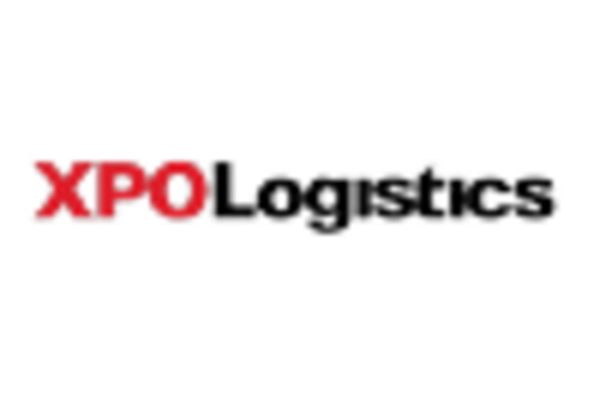








Leave a Comment